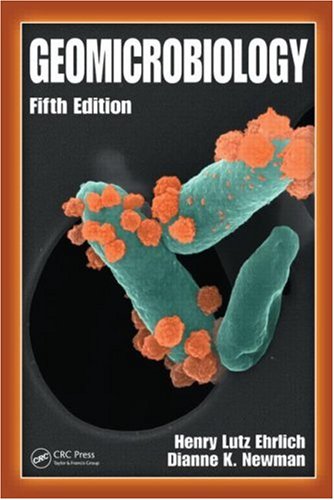

Most ebook files are in PDF format, so you can easily read them using various software such as Foxit Reader or directly on the Google Chrome browser.
Some ebook files are released by publishers in other formats such as .awz, .mobi, .epub, .fb2, etc. You may need to install specific software to read these formats on mobile/PC, such as Calibre.
Please read the tutorial at this link: https://ebookbell.com/faq
We offer FREE conversion to the popular formats you request; however, this may take some time. Therefore, right after payment, please email us, and we will try to provide the service as quickly as possible.
For some exceptional file formats or broken links (if any), please refrain from opening any disputes. Instead, email us first, and we will try to assist within a maximum of 6 hours.
EbookBell Team

4.7
36 reviewsUncovers the Key Role Microbes Play in the Transformation of Oxidizable and Reducible Minerals
Many areas of geomicrobial processes are receiving serious attention from microbiologists, specifically the role microbes play in the formation and degradation of minerals and fossil fuels and elemental cycling. Most notably, the latest research finds that microbes have a more direct impact on the transformation of oxidizable and reducible minerals than was previously believed. Following in the footsteps of its prior editions, Geomicrobiology, Fifth Edition serves as an introduction to this globally pertinent field and as an up-to-date reference reflecting recent groundbreaking advances.
Includes an Array of Detailed Illustrations
Authored by two of the leading authorities in the field, this book illuminates the processes by which bacteria catalyze geomicrobial reactions. Generously laden with tables, graphics, diagrams, photographs, and illustrations, this all-encompassing reference examines the geomicrobial aspects of a wide range of minerals, including aluminum- and arsenic-containing minerals, and various fossil fuels.
Examines Geomicrobial Interactions with:
One of life’s great mysteries is how it sustains itself even in seemingly inhospitable environments, such as the deep subsurface. The authors anticipate that as mechanistic molecular approaches are increasingly applied to diverse problems in geomicrobiology, this and other fundamental puzzles will be resolved.